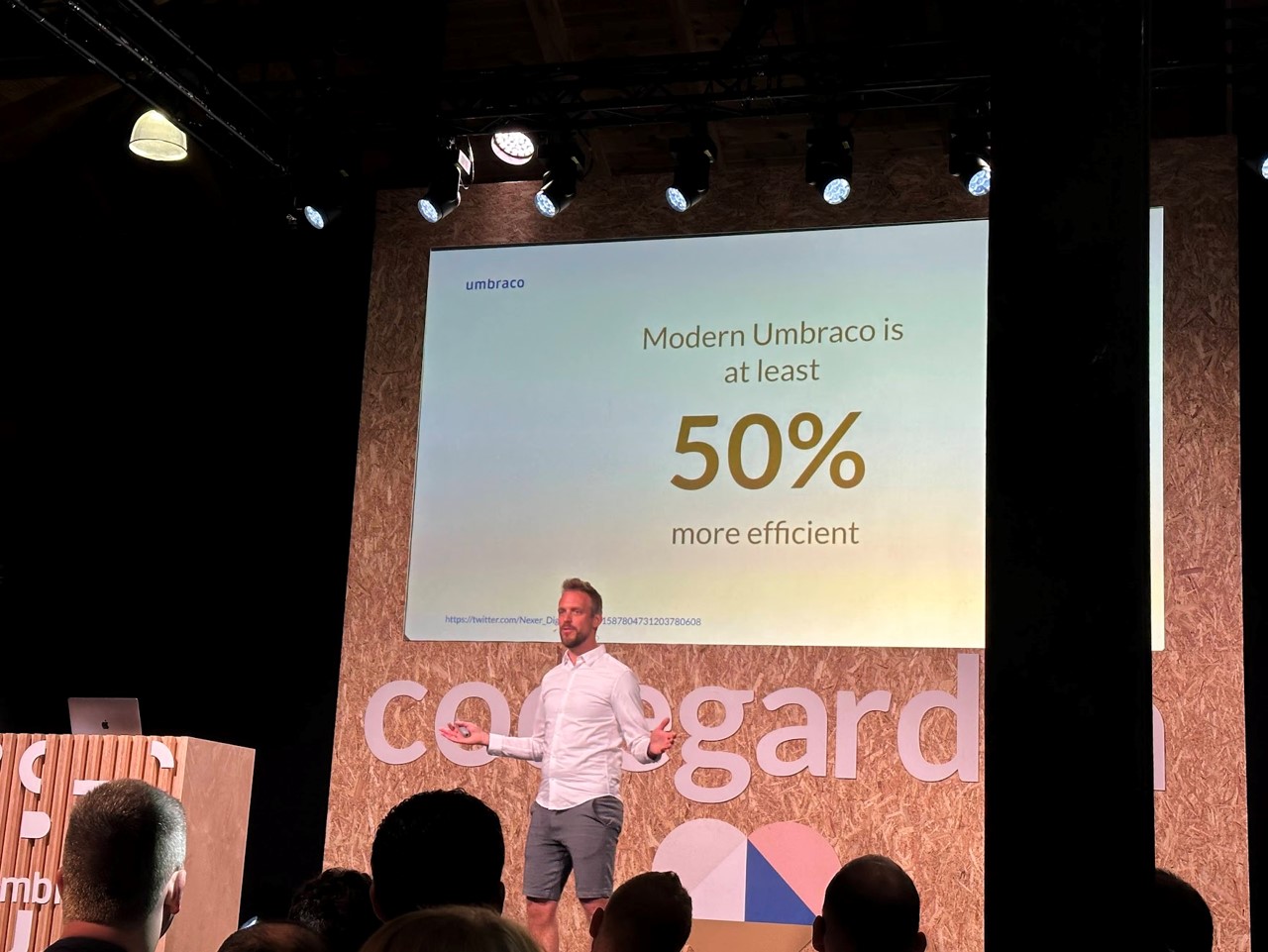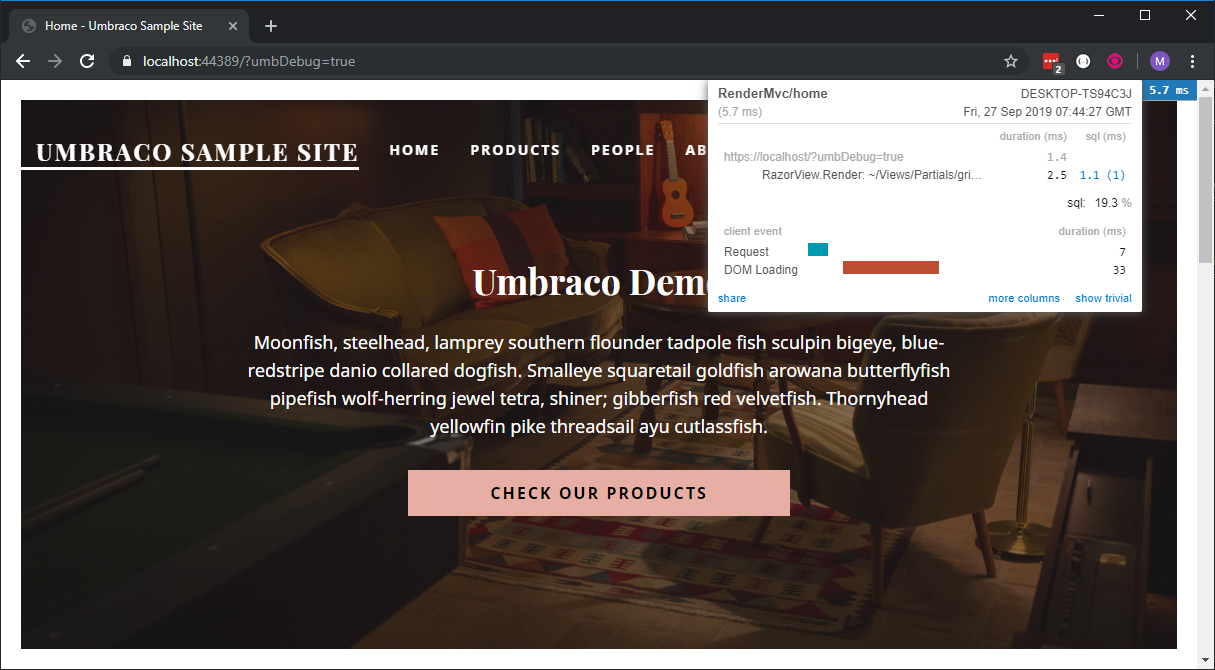Writing green code
At this point you might be thinking to yourself "Rick, that's all well and good, but how do I actually write my code differently to make it more green?!". That's a good question!
If you're already working towards making your site both accessible and performant, you are probably a good chunk of the way towards writing green code.
However, you're not always going to be able to work on these things from scratch on brand new greenfield sites with massive budgets; sometimes you need to help out those clients on limited budgets, or those sites you only get a few hours a month to work on. What do you do then?
There are some great resources out there to help. The Green Software Foundation are doing amazing work to provide information on standards, tooling and best practice in this space and are well worth a follow.
Similarly, a wonderful group of people called the Sustainable Web Design Community Group have been working with the W3C—creators of standards and guidelines for the web—to draft standards that we should adhere to when creating digital products and services. Their first draft of the Web Sustainability Guidelines was released in September 2023 and goes into great detail of the kinds of considerations we should make when designing, building and maintaining websites.



